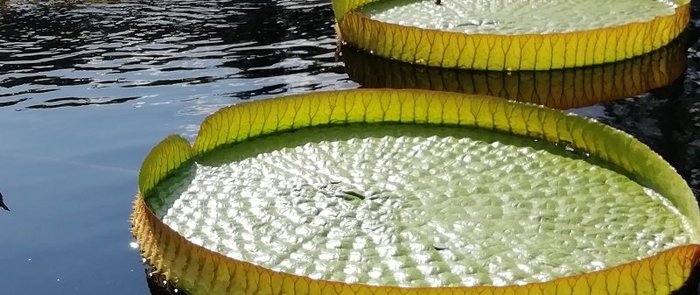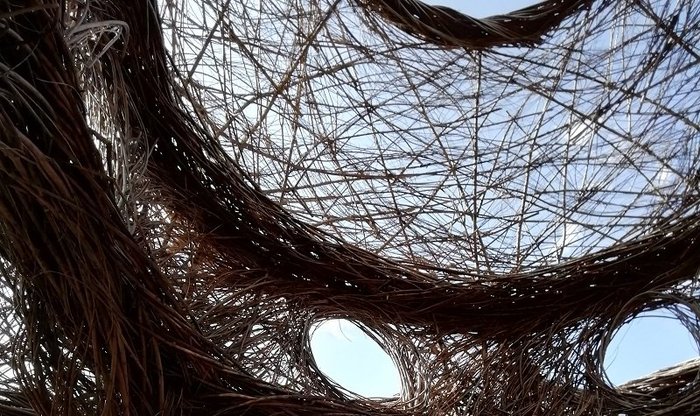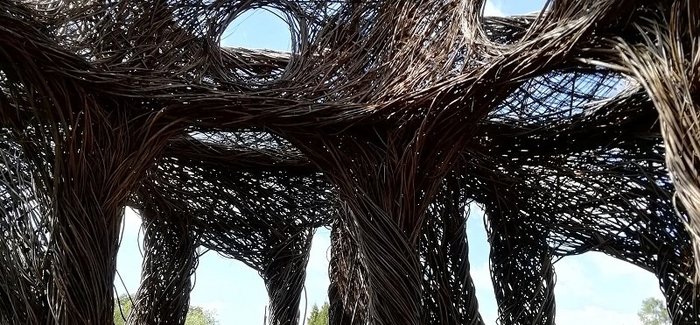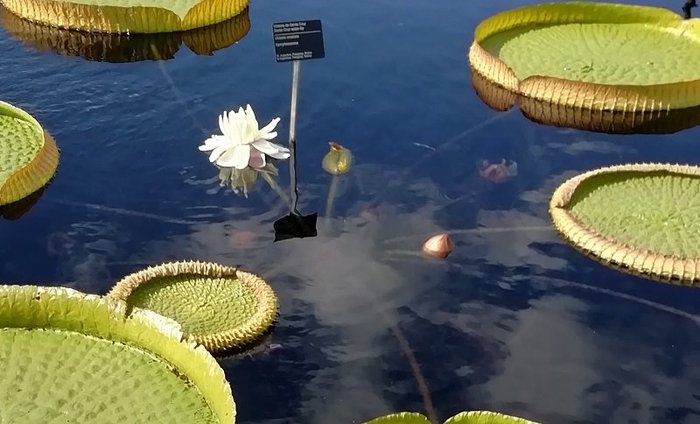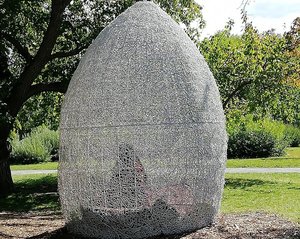
Global population growth represents the greatest challenge to human civilization as we know it. To feed the growing world population, natural resources would have to remain exploited on an unsustainable scale. Destruction of the natural environment is the result and the habitats of many species continue to be destroyed. Preventing this requires rethinking in a direction where humans, animals and plants can once again live in harmony with each other.
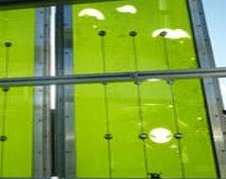
At the same time as environmental degradation, we are in the process of climate change, global warming, which can only be mitigated but not stopped or even reversed. The effects will bring major problems for life on the planet. It seems undisputed that more than 50% of greenhouse gas emissions, which are a major cause of climate change, are caused by the construction and operation of real estate.
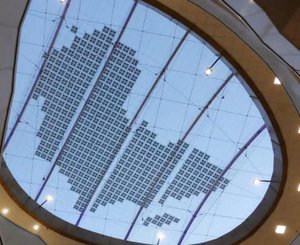
The concentration on large settlement units, such as megacities, is already more than clear. Cities with more than 10 million inhabitants will increase massively. This is where the Bauhaus 21 concept takes effect. The living environment of the city must change. A city should be seen as an organism, a living biological entity. This needs to be recreated and redesigned.

If a building were a tree, a habitat where people live but also a reactive entity that could use its own artificial intelligence, then a city would be a forest where people would have a home. This forest of buildings could generate more energy than it needs while absorbing and sequestering C02 from the air. The micro- and macro-climate would be positively affected in the long term.

